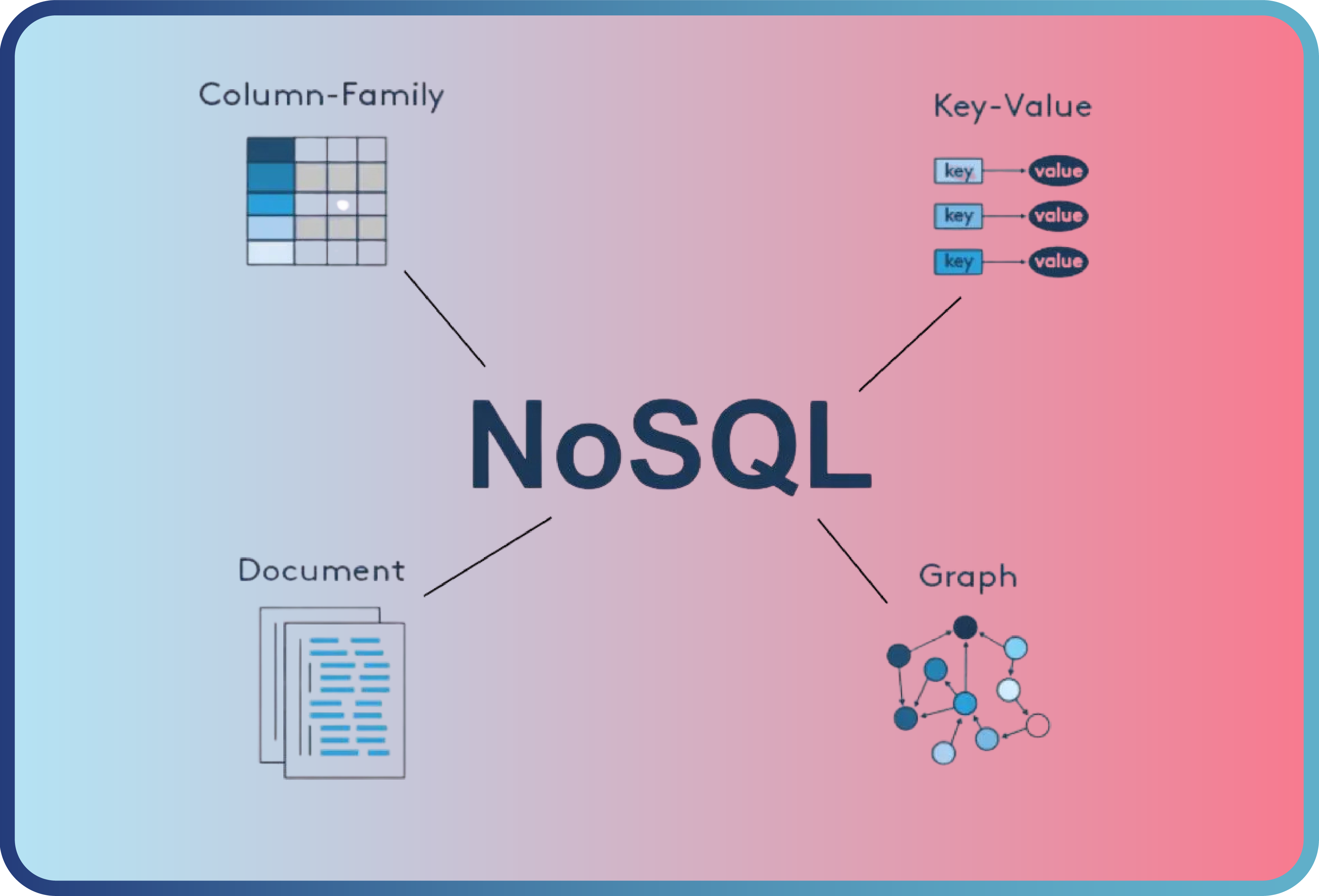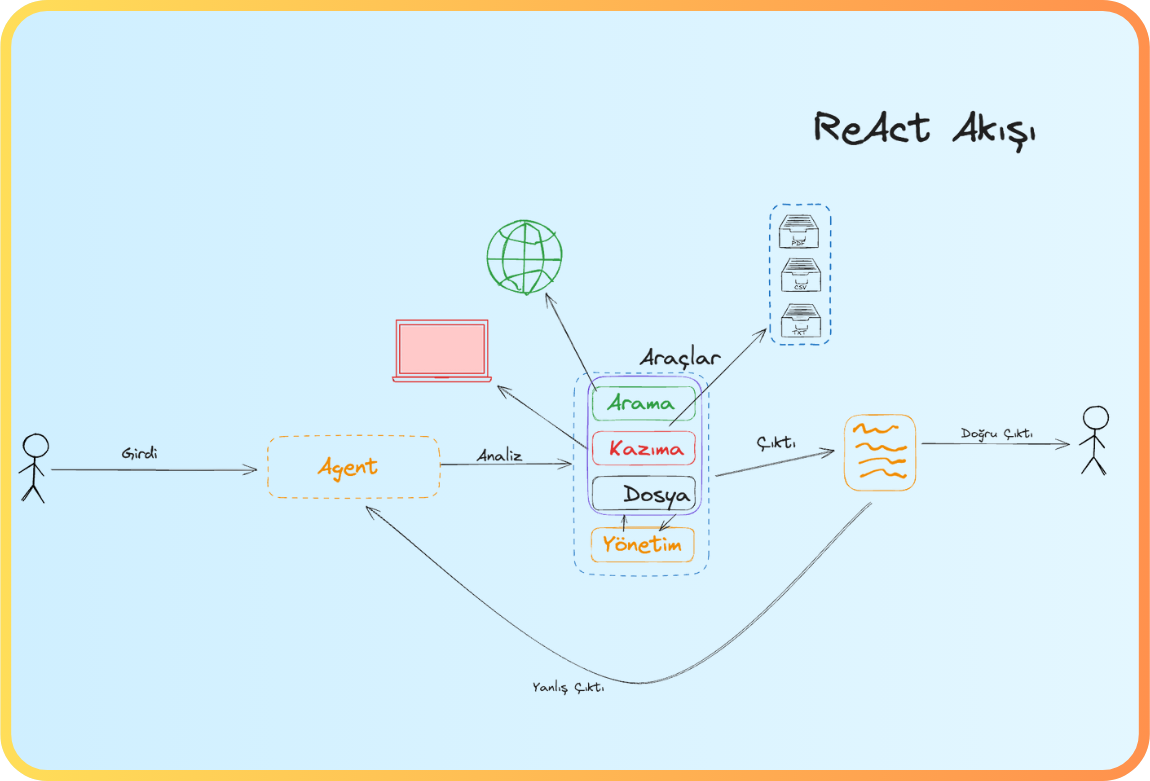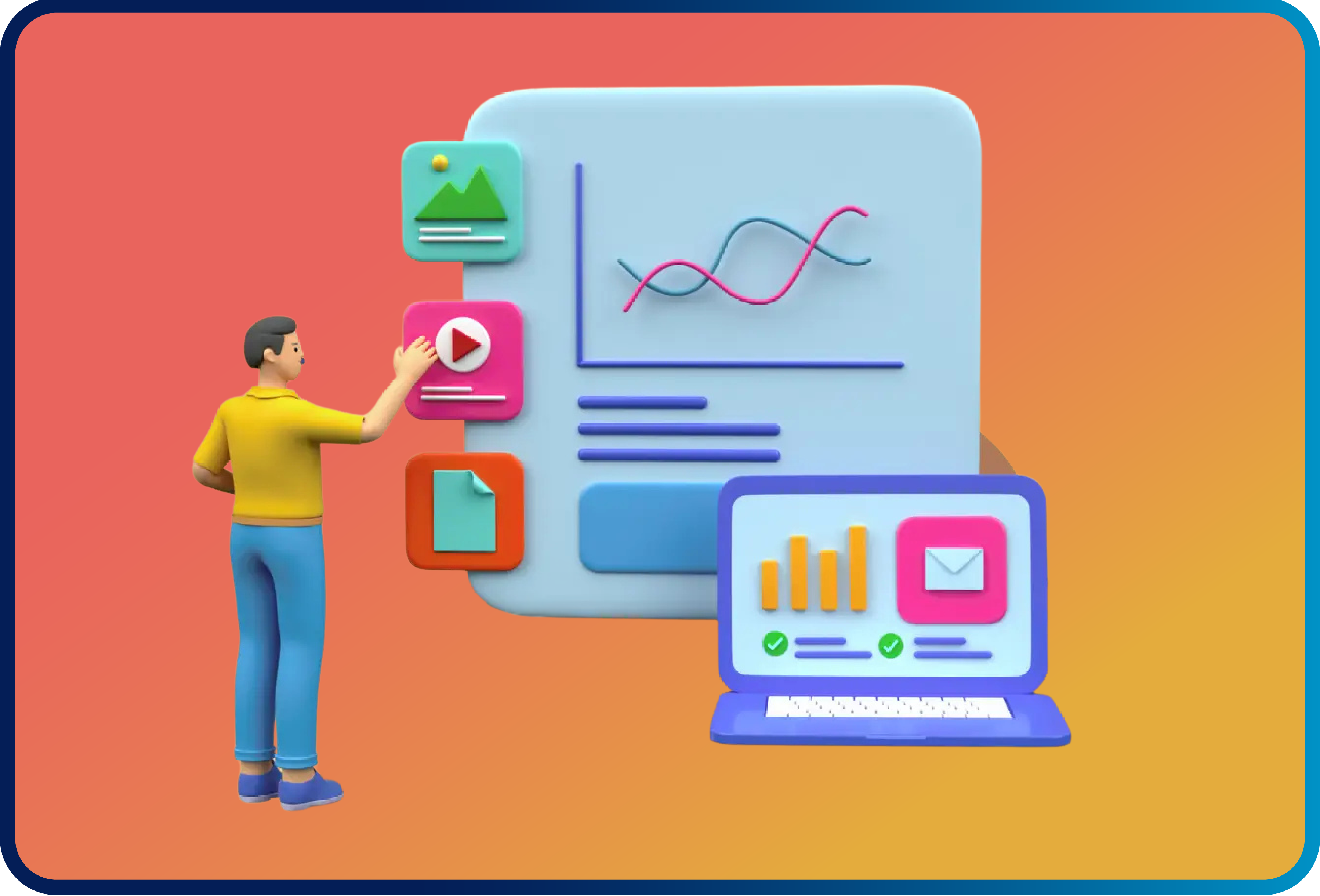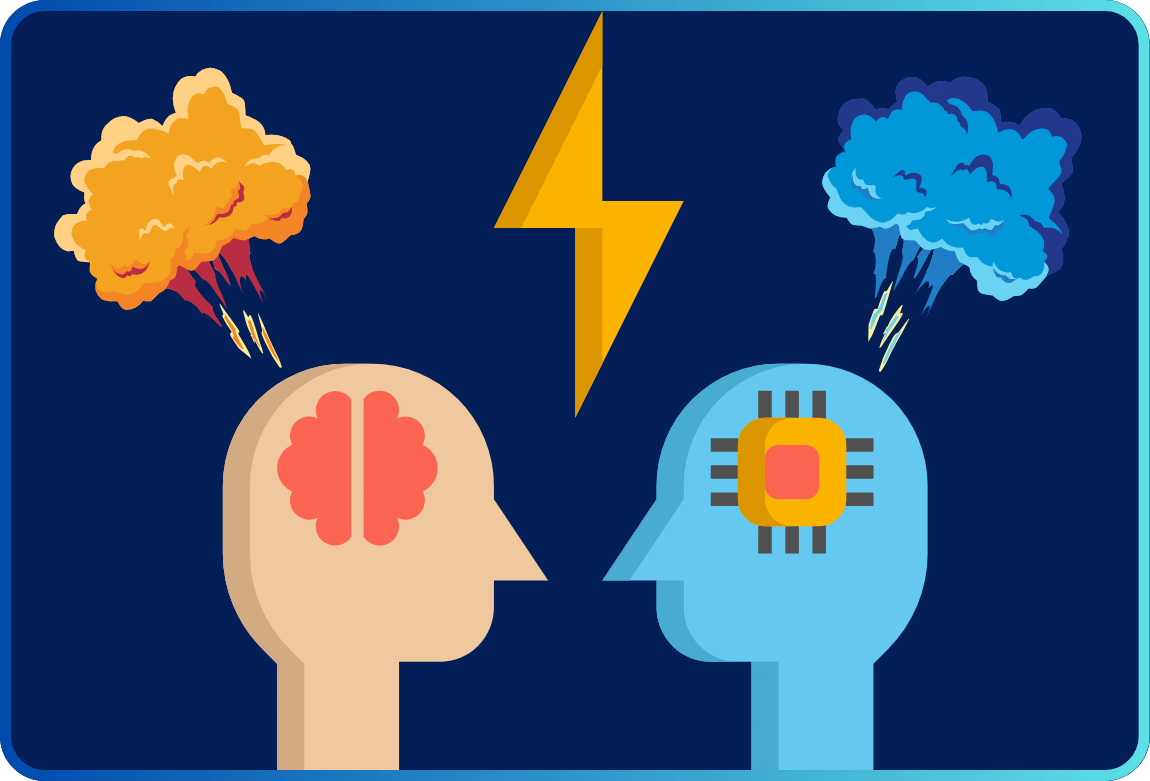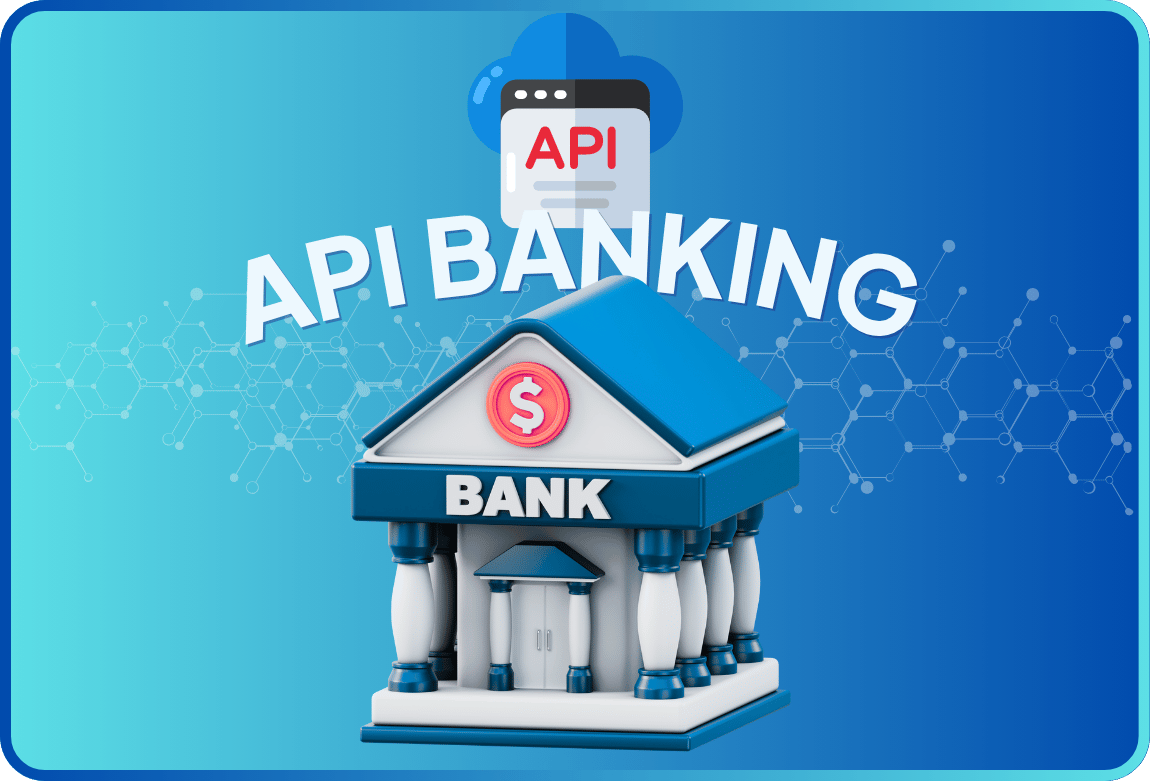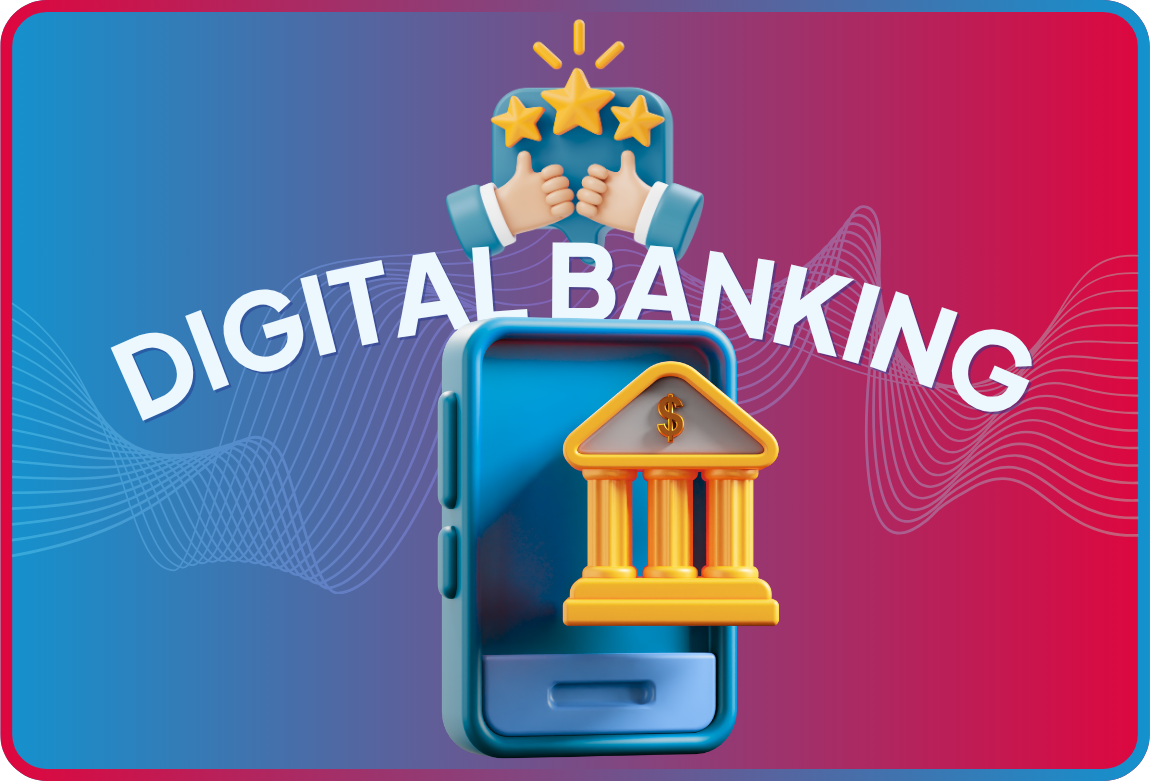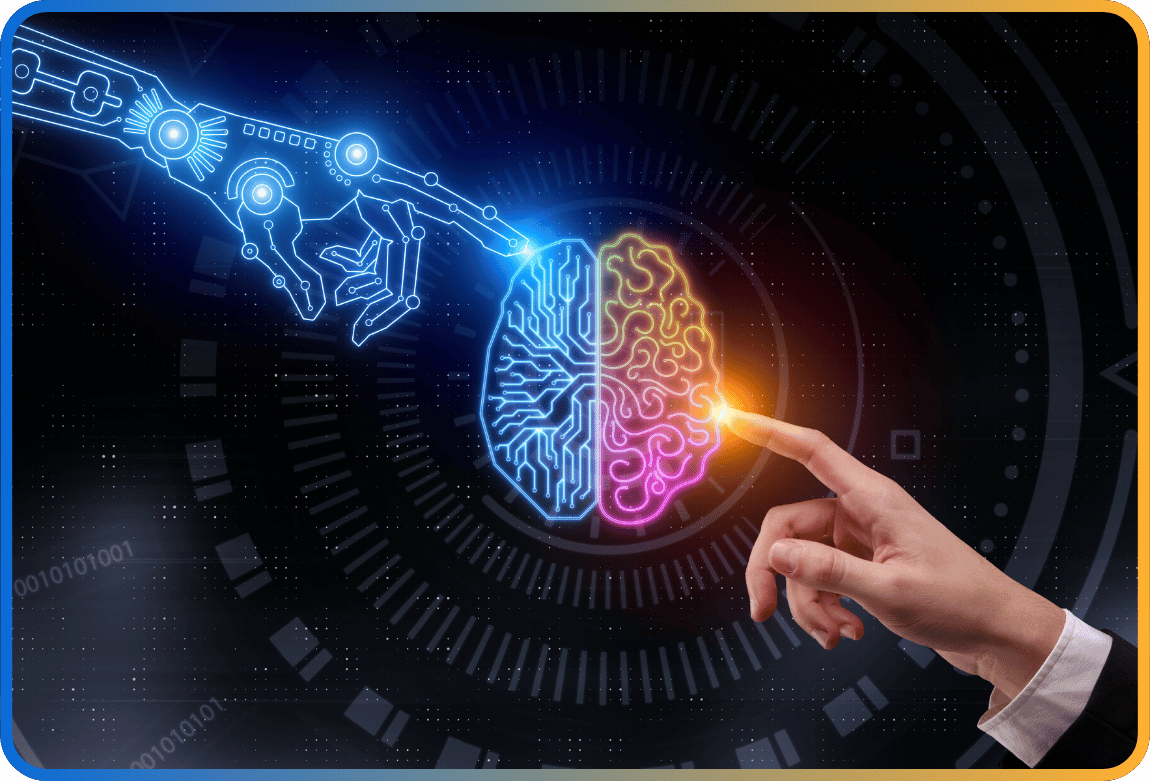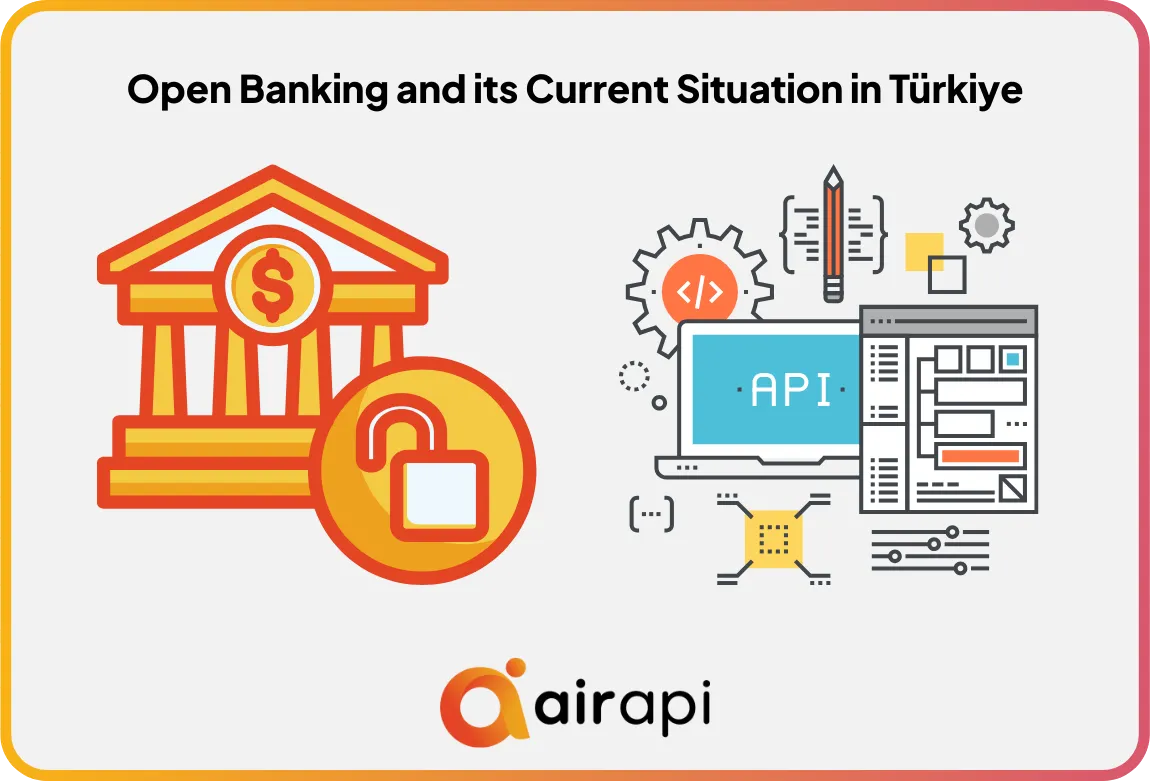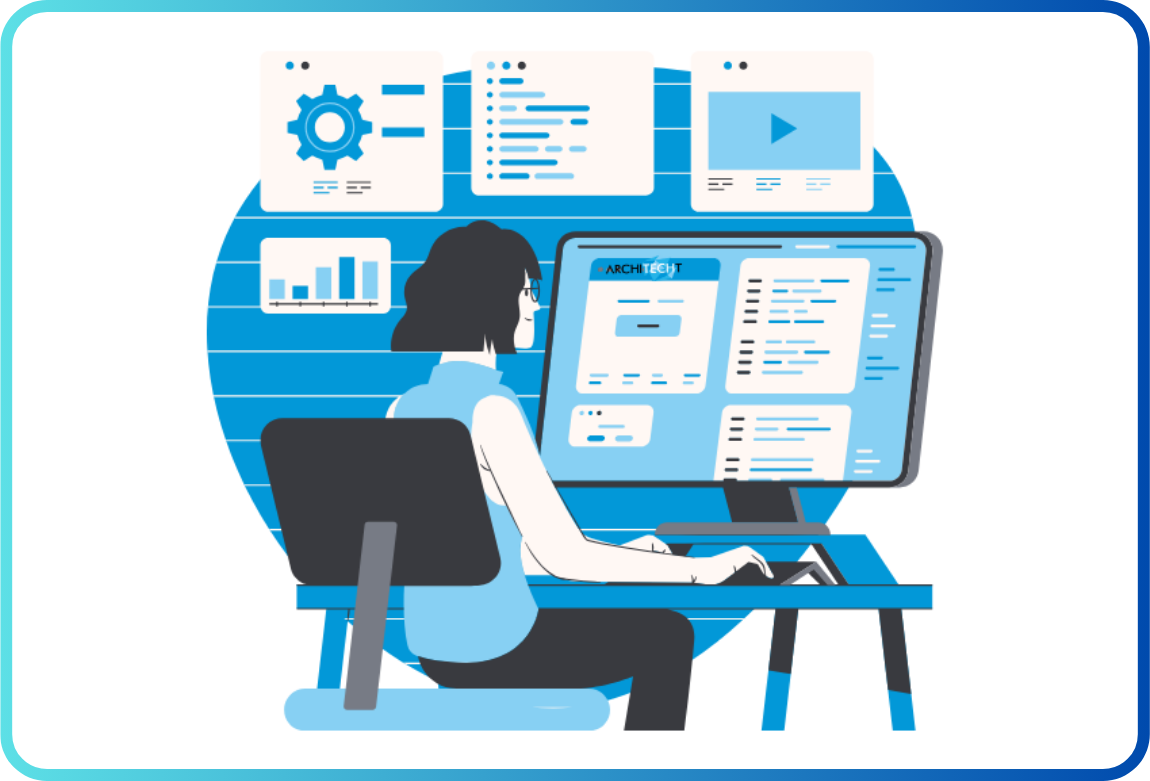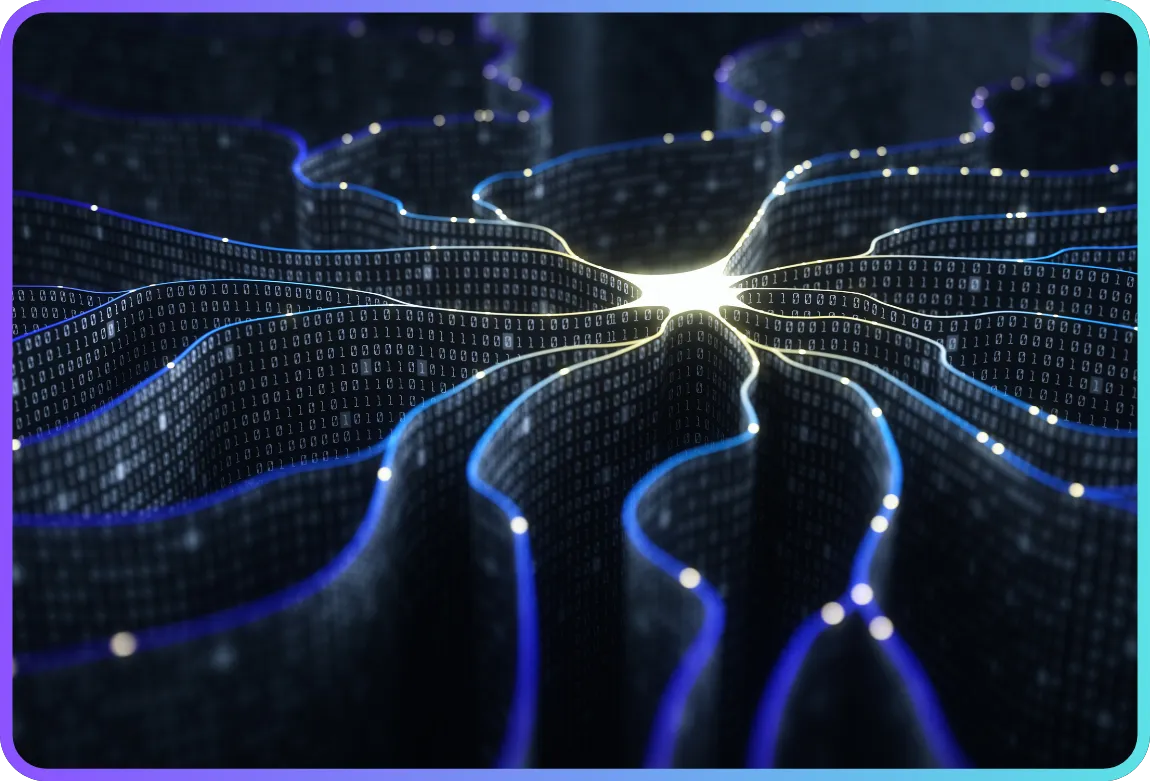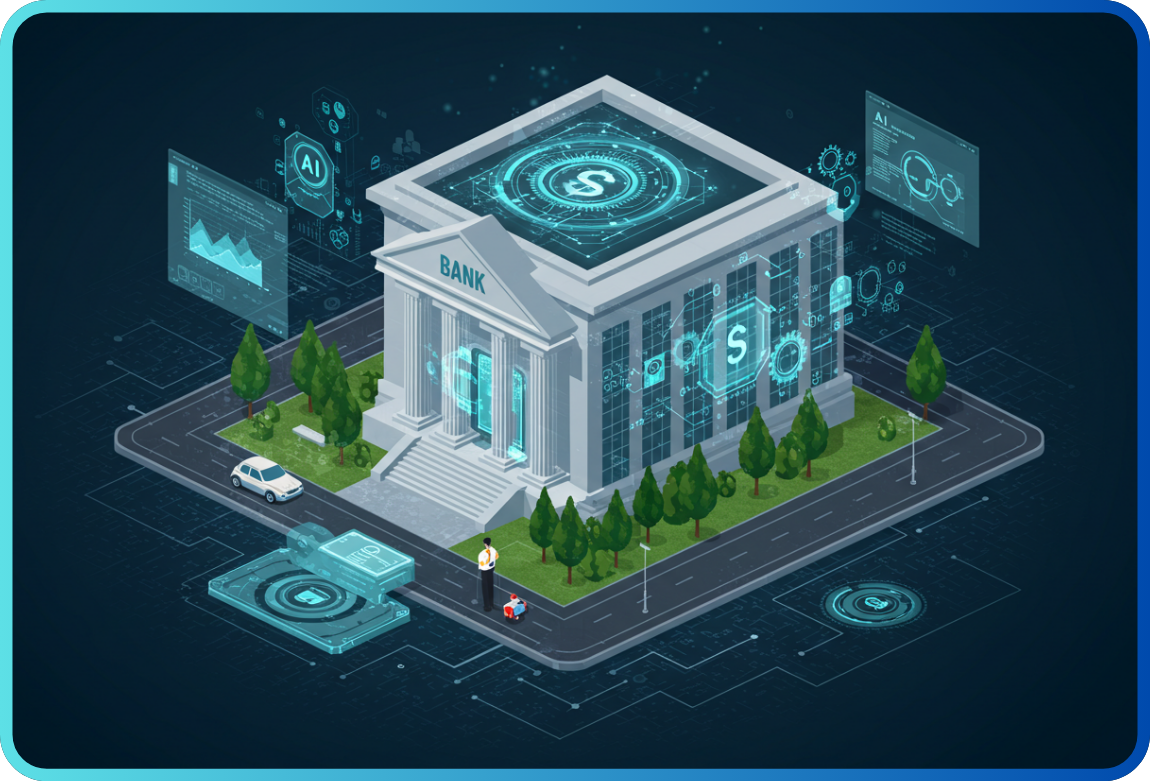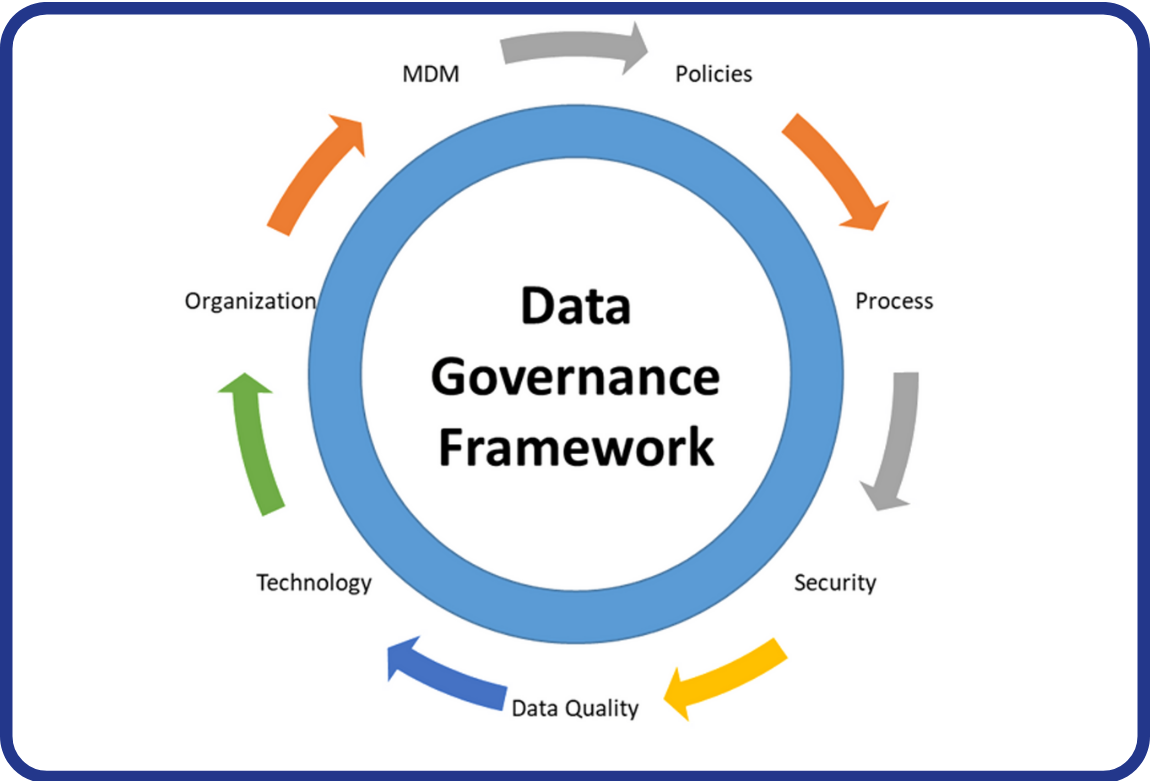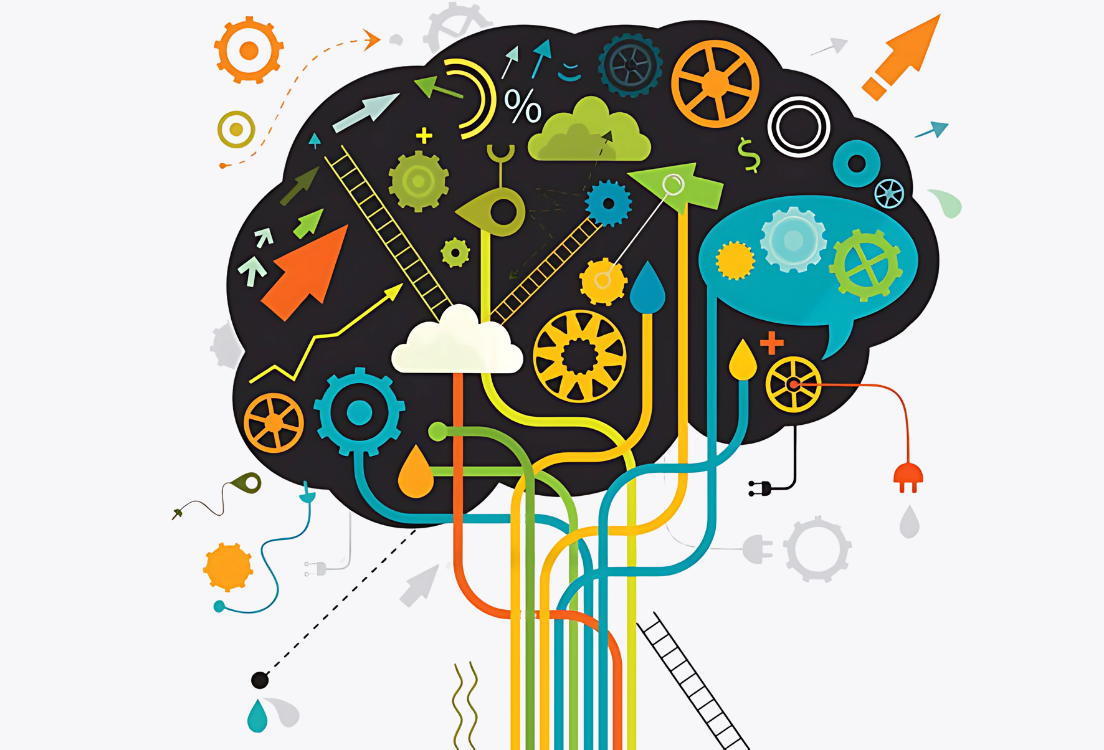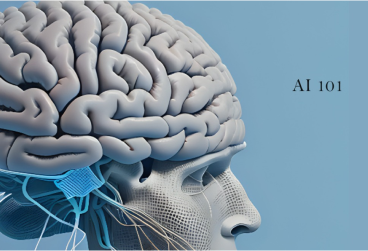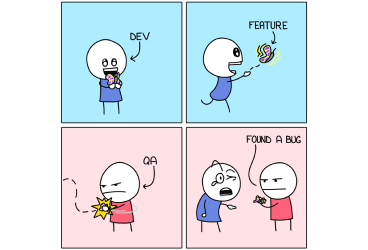
Our eyes catch an advertisement, we try to make a transaction on our mobile phone, or we come across a screen when we enter the bank branch. So, what's happening in our brains in the meantime? The fascinating world of neuromarketing is looking for the answer to this very question.

Neuromarketing is actually an interdisciplinary field. It encompasses neuroscience, psychology, and marketing. The main purpose here is to understand people's unconscious decisions, that is, the reactions they make without realizing it. Because we all know that most of our decisions are not made as thoughtfully as we think. Our subconscious comes into play when choosing a product, using an application or watching an advertisement. In fact, according to one study, only 4% of the decisions we make in our daily lives are made consciously.

So, what is the main issue that most businesses put emphasis on lately? “Experience,” of course. Some call the age we live in the “Age of Experience.” What if I asked you to describe experience in one word?
I don't know about you, but I would say “Feelings”. Because no matter what we encounter, be it a product, a process, a brand, an institution, we develop an emotion towards it. This feeling is also called experience.
Experience is actually a combination of our motivations, our user journey, and our decision moments. In other words, when transferring money in a bank application, not only “making a transaction” but also the convenience, speed, trust and even the emotions we feel become part of the experience.
For example, a small design flaw on a screen can lower our heart rate and cause us to lose interest. Neuromarketing reveals these details.
There's an interesting balance here: Our conscious responses (what we say in surveys, for example) and our unconscious reactions (pupil movements, facial expressions, heart rate) are often not the same. Neuromarketing allows us to capture this difference and see the real picture.
When we ask our customers, they say they are satisfied with us. They even give us high rates like 9-10. On the other hand, they do not use our products. Why?
Because they may actually have a dissatisfaction or insecurity that they themselves cannot even express. Sometimes they can't find the right words to say, and sometimes they hesitate to speak up, so they don't share these things with us. On the other hand, they also know or feel that they have had a negative experience.
That's why being able to understand emotions is very important in terms of measuring the customer's experience. It is essential to do this within an organization by using reliable devices and prioritizing customer privacy.
For this reason, Kuveyt Türk established the first neuromarketing laboratory in the banking sector in Türkiye. Technologies such as EEG, eye tracking, facial coding and GSR (skin conductance) are used in the laboratory called Empatika. In this way, it becomes clear where people get stuck on a screen, which ad scene gets them bored, and which application design motivates them.

For example, there was a queue scene in the shooting of the Miles&Smiles commercial that Kuveyt Türk released about a year ago. It was revealed that people's pupils were constricted in this scene. In other words, that scene was found boring. Removing the scene from the flow created a much better experience. At some point during the remote account opening process, it was determined that customers had lost motivation. A summary screen was added to the flow, and the rate at which customers completed the process increased.
These examples actually show this: Small changes can make big differences.
To summarize, neuromarketing opens a whole new window into understanding human behavior. When we watch an ad, use an application, or make a decision, our brain's subconscious mechanisms come into play. Understanding these mechanisms correctly and designing accordingly provides institutions happier customers.


 Back
Back

